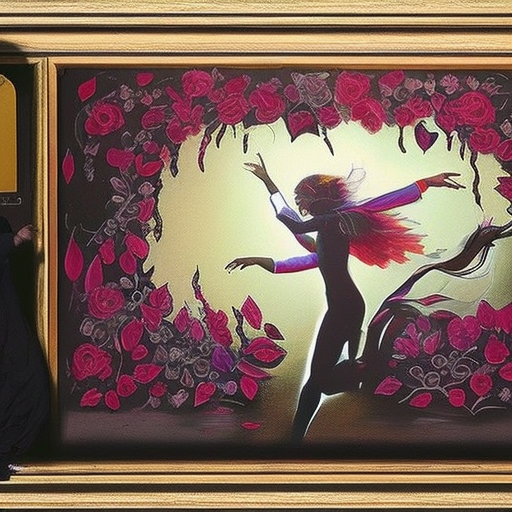One-line Summary:
3-Iron by Kim Ki-duk
A young drifter, Tae-suk, breaks into empty houses and lives in them temporarily, leaving no trace behind. One day, he enters the home of a troubled woman, Sun-hwa, who is being abused by her husband. As Tae-suk observes the couple’s dysfunctional relationship, a unique bond forms between him and Sun-hwa, leading them on a journey of self-discovery and liberation.
Main Cast and Crew:
- Director: Kim Ki-duk
- Writer: Kim Ki-duk
- Music Director: Slvian
- Director of Photography: Jang Seong-back
- Producers: Kim Ki-duk, Lee Seung-jae
- Main Cast:
- Lee Seung-yeon as Sun-hwa
- Jae Hee as Tae-suk
Plot:
Tae-suk, a young man who lives a nomadic life, breaks into vacant houses and stays there temporarily. He meticulously takes care of the houses, fixing broken items and doing household chores. One day, he enters the home of Sun-hwa, a woman trapped in an abusive marriage. As Tae-suk observes the couple’s violent interactions, he becomes increasingly drawn to Sun-hwa. When her husband discovers Tae-suk’s presence, he becomes enraged and attacks Sun-hwa. Tae-suk defends her and together they flee the scene.
The couple embarks on a journey, breaking into more houses and living as if they were the owners. They develop a silent understanding and communicate through their actions rather than words. Despite their unconventional lifestyle, they find solace in each other’s company and experience a sense of freedom they have never known before.
However, their idyllic existence is disrupted when Sun-hwa’s husband hires a private investigator to track them down. Tae-suk is captured and brutally beaten, but he refuses to reveal Sun-hwa’s whereabouts. In a surprising twist, Tae-suk discovers that he has the ability to pass through solid objects, allowing him to escape his captors. He reunites with Sun-hwa, and together they continue their journey, evading capture and finding refuge in the homes of others.
Themes and Motifs:
3-Iron explores themes of freedom, identity, and the power of human connection. The film delves into the concept of home and how it can be both a physical space and an emotional state. Through Tae-suk’s unconventional lifestyle, the movie challenges societal norms and questions the meaning of ownership and belonging.
The motif of silence is prevalent throughout the film, with the characters communicating through actions rather than words. This silence serves to emphasize the power of nonverbal communication and the depth of their connection.
Reception and Legacy:
Upon its release, 3-Iron received critical acclaim for its unique storytelling and visual style. It won the Silver Lion Award at the Venice Film Festival in 2004 and was praised for its thought-provoking narrative and poignant performances.
The film’s lasting impact can be seen in its influence on subsequent works of cinema, with its themes and visual motifs inspiring other filmmakers. 3-Iron remains a significant entry in Kim Ki-duk’s filmography, showcasing his ability to create emotionally resonant stories with minimal dialogue.
Recommendation:
3-Iron is a mesmerizing and poetic film that explores the complexities of human relationships and the search for freedom. Kim Ki-duk’s direction and the captivating performances of Lee Seung-yeon and Jae Hee make this a must-watch for fans of art-house cinema. The film’s unique blend of romance, drama, and surrealism creates an unforgettable viewing experience.
Memorable Quote:
“You don’t have to say anything. I know you’re there.”












